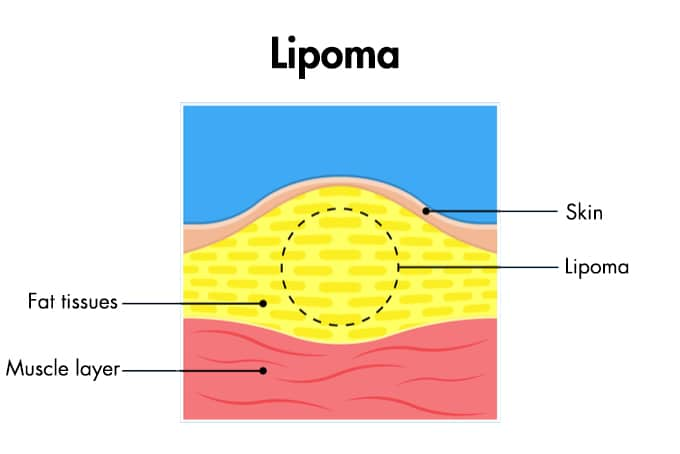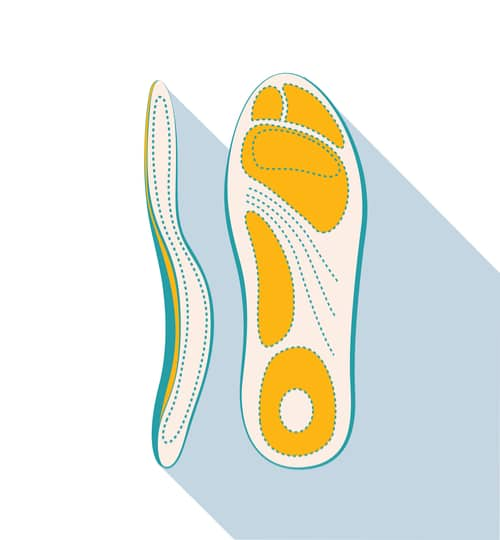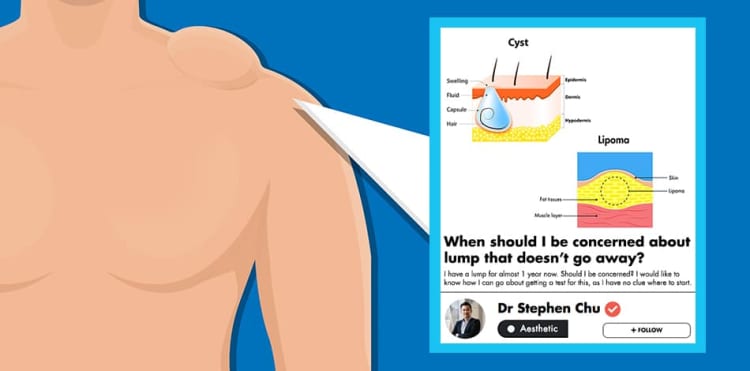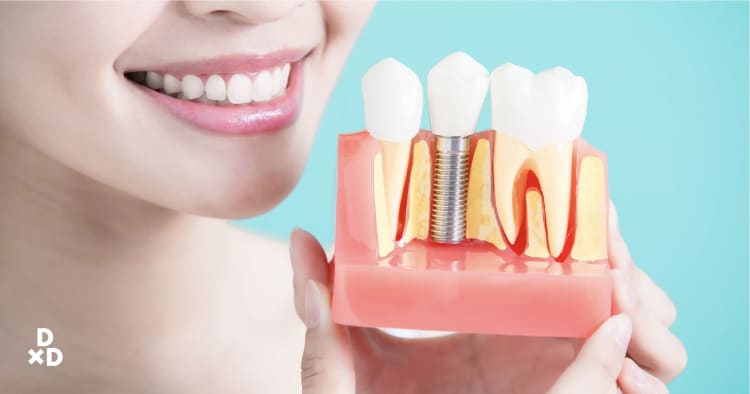It's only natural that we feel paranoid at the sight of abnormal lumps, or wounds that don't seem to be healing. After all, they can signify a larger, more serious underlying problem with our bodies.
So, when are these things a cause for concern? Dr Stephen Chu, an experienced aesthetic doctor shared his professional opinions with Human readers.
Lumps and bumps are very common


A concerned Human reader sent in a question asking about a lump left under his ribcage. According to Dr Chu, lumps and bumps are common occurrences. [1]
Most of the times, they are categorised under two types: cysts and lipomas (these are fat tissues).
Observe the size and symptoms of the lump

Sometimes, these lumps can persist even after a year or so. You should keep track of its size and shape, i.e. if it's growing bigger, or if its shape is changing.
You should also recall if you feel any pain, or discomfort throughout this period.
Hard lump VS mobile lump
As a general rule of thumb, lumps that are hard and non-mobile usually indicate a tethered characteristic, or they could have bone components associated with them.
On the other hand, lumps that seem to be "squishy" and mobile are more likely to be cysts. Either way, you should see a doctor for an examination.
Samples of the lump are sent to the lab

If the lump is identified by a doctor as a cyst, they are usually sent to a lab for a more accurate diagnosis of the cause.
Most of the times, such cysts can be removed under local anaesthetic.
What about slow healing wounds?

A Human reader mentioned that she was worried about a wound on her foot that hadn't healed after 3 weeks.
Dr Stephen explained that slow healing wound can be caused by several factors, with infection being one of them.
There are various infections to consider
There are many types of causes of infection ranging from bacterial, viral, fungal, and even parasitic causes. [2]
A more common cause is repetitive trauma
More commonly, slow healing is caused by repetitive trauma to the affected area. This is especially more so for your hands and feet.
We use our hands and feet a lot, and the constant impact can affect your healing process.
Wear proper protection to help prevent repetitive trauma

In the reader's case (her wound is on her foot), it's important for her to wear proper footwear and avoid heels while healing.
Good insoles and proper hygiene to the area may also help the healing process.
In rare cases, it might be more serious

In some instances, slow healing wounds could indicate more severe problems. These include poor circulation, diabetes, underlying bone growth or even cancer. [3]
However, it's best to not jump to conclusions and let your doctor advise you.
Before you go for a consultant with your doctor, keep calm and try to not overthink things! It might turn out to be a simple problem that can be easily rectified.
Article medically reviewed by Dr Stephen Chu.
<span style="font-weight:














